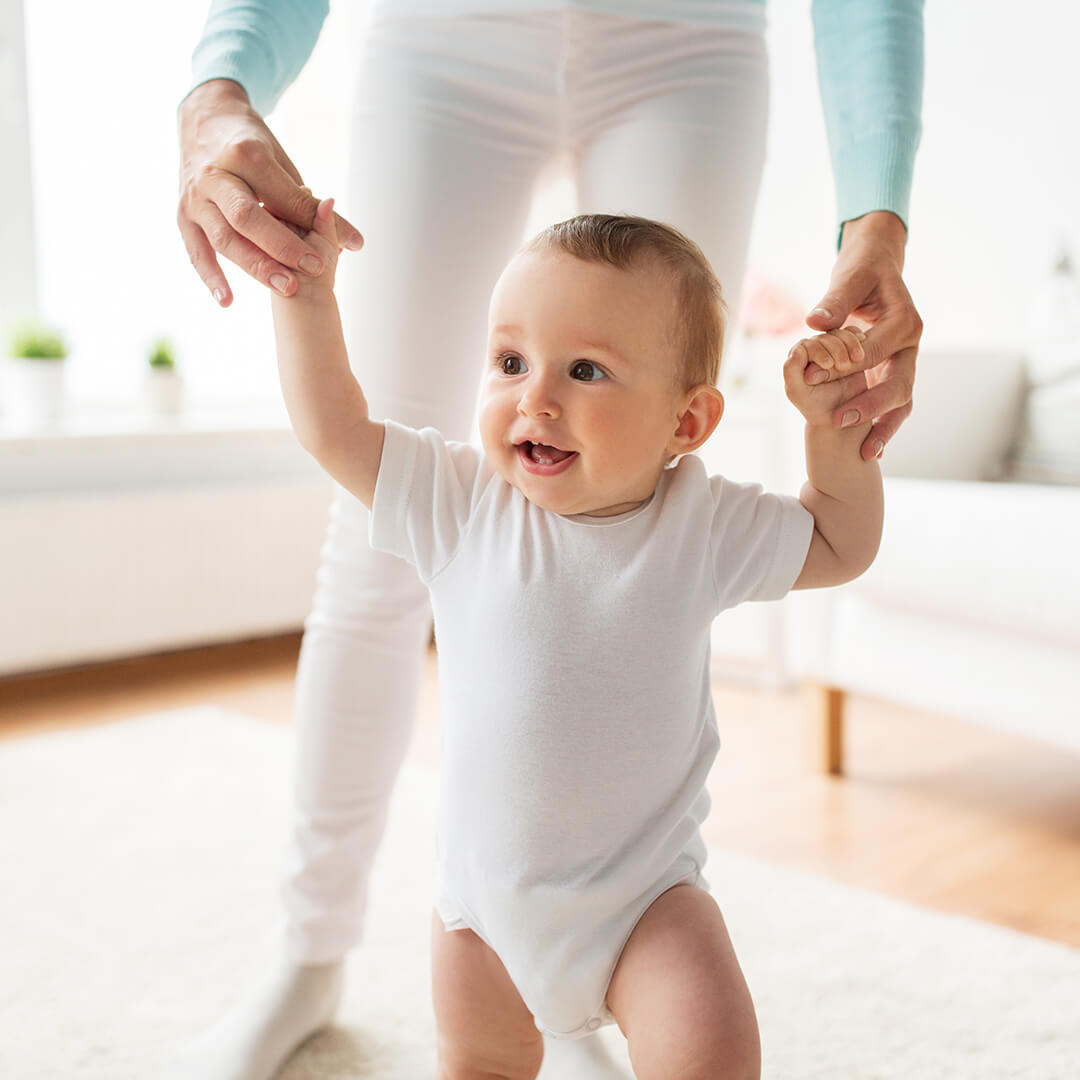Salla Disease
Are you a genetic carrier for Salla Disease? Find out with this DNA Test.
- Detects the SLC17A5 variant linked to Salla disease
- Carrier screening test intended for couples who are planning to become pregnant
- Determine the risk of your child inheriting this sialic acid storage disease
- 100% private and confidential online results
Already have DNA markers? Sign in and upload your data to view results.
Need to take the DNA Test? Order our easy-to-use swab kit.
Detailed Description
Salla disease is a genetic disorder characterized by progressive neurological damage. It is caused by the build up of a special sugar acid called sialic acid. Salla disease is one of the three sialic acid storage diseases.
Sialic acid plays a structural role in the membranes that surrounds our cells. It is made in the lysosome, a membrane bound compartment where large molecules are broken down. Another protein called sialin is necessary to move free sialic acids out of the lysosome, so cells can use it. People affected by Salla disease either make less sialin protein or a defective protein that is unable to transport sialic acid. This leads to the build up of sialic acid in the lysosome and free sialic acid storage diseases.
Take this test to find out whether you are a genetic carrier of the SLC17A5 variant and are at risk of passing it to your children. This is intended to be a carrier screening test for couples who are considering to start a family.

The Genetics
Salla disease is caused by genetic variation in the SLC17A5 gene, which gives instructions to make the sialin protein. People with the variant produce a defective sialin protein, leading to the build up of sialic acid in the lysosome.
It is inherited in an autosomal recessive pattern, which means two defective copies of the SLC17A5 gene must be inherited in order for the disease to manifest.

Variant Tested
This test looks at one variant of SLC17A5 linked to Salla disease in people of Swedish and Finnish descent.
- rs80338794 A
Understanding your carrier status for these variants will help you understand the risk of passing it to your children.
While it provides a risk analysis for Salla disease, complete gene sequence analysis may be necessary to identify additional variants associated with the infantile form and the intermediate severe form of sialic acid storage disease.
Signs & Symptoms of Salla Disease
Following signs and symptoms are usually seen in affected infants and children
- Gradual loss of muscle tone and coordination (from around 6 months)
- Impaired growth
- Intellectual disability and developmental delay
- Seizures
- Affected individuals usually survive to adulthood, but regression can occur in third decade
How It Works
Step 1: Sign up for a free Genebase account.
Step 2: Upload your DNA markers to Genebase.
Step 3: Login to your account to access your results when they are ready.


